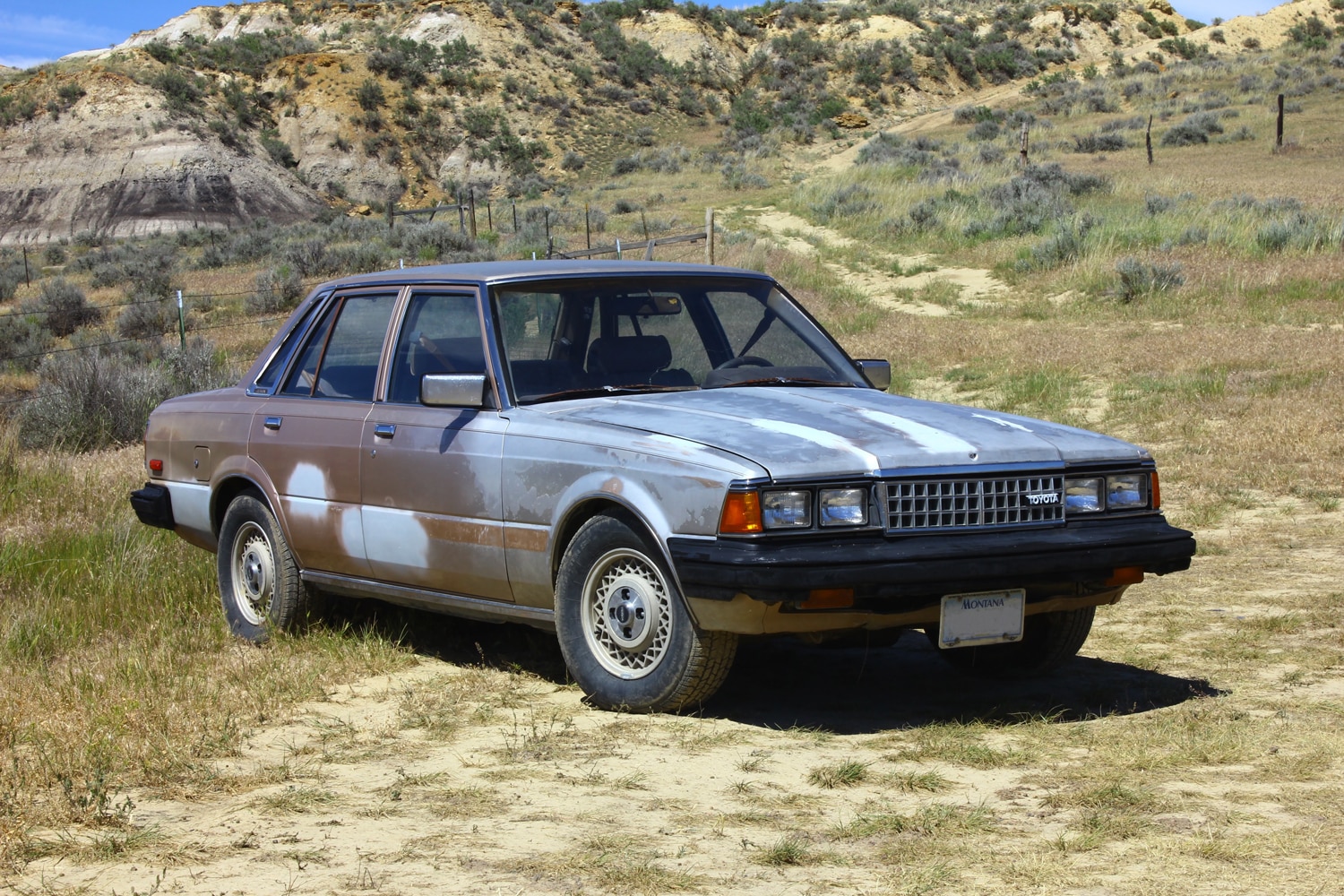When Is a Car Too Old to Drive?
While cars don't have expiration dates, reading the signs can tell you when it's time to move on.
 Austin Lott | Capital One
Austin Lott | Capital One
Your car may be a trusted friend; each of its dents and scuffs telling the story of your time together. At some point, however, that car may become too expensive–or downright dangerous—to use as a daily driver. A 2013 NHTSA study found that the driver of a vehicle that was 18 or more years old at the time of a crash was 71 percent more likely to be killed than the driver of a vehicle that was 3 years old or less.
While there’s no set expiration date for a car, several factors can make it easier to know when a car is too old to drive.
When Parts Wear Out
Cars are mostly made up of metals, rubbers, and plastics that age over time. Rust attacks critical structural components and body panels alike. Even the best automotive-grade plastics and rubbers become brittle over time or when exposed to extreme temperatures. A frugal driver will forgive cracked trim or the early stages of rust, but a rotted suspension component can fail catastrophically while driving and major rust means the car’s safety structure is compromised.
Additionally, airbags should be periodically inspected. Airbags installed in the early 1980s and 1990s were intended to be replaced, but modern versions are built to last the vehicle’s lifetime with regular check-ups.
A car’s emissions system uses various sensors that can wear out and have a critical impact both on what comes out of its tailpipe and its performance. Electrical wiring, especially when repeatedly exposed to high temperatures under the hood, will eventually begin to degrade.
Literal Warning Signs
Dashboard lights are your car’s primary means of communication. When one illuminates, a mechanic’s diagnostic fee to determine what prompted the warning could save you thousands in down-the-road repairs. But there are other ways that your car can tell you that it is ready for repairs or retirement.
Suspension creaks, squeaks and bangs can indicate worn-out bushings, bearings, and other suspension or driveline components, which should be replaced both for comfort and safety. Diagnosing these noises may require a trained mechanic with specialized tools.
While worn or rotting tires are rarely a reason to get rid of a car, it’s important to be mindful of their condition as a car ages and replace them as necessary. Even if the tires look good, it's worth reading sidewall date codes that reveal when they were manufactured. A tire should be replaced if it is approaching 6 to 10 years old, according to the
No More Replacements
It’s a classic lament among vintage car enthusiasts: limited parts availability. After a certain point–it varies by automaker–it’s no longer feasible to build parts for older models.
Automakers phase out production of parts in the years following a vehicle's discontinuation or redesign. Aftermarket firms sometimes step in with replica parts, sometimes made using the automaker’s original tooling equipment, but if you hang onto your car long enough, a junkyard can eventually end up as the only viable source for parts for some aging cars.
When It’s Time to Say Goodbye
Replacing a daily driver means doing some mental and perhaps, emotional, math. A mountain of small repairs can add up to more than a car is worth on the market. Debilitating rust or a major mechanical failure such as the engine or transmission can seal the deal, making it clear the car is too old to drive. It all depends on how much you’re willing to pay to keep a beloved car on the road.
Written by humans.
Edited by humans.
 Andrew Ganz
Andrew GanzAndrew Ganz has had cars in his blood ever since he gnawed the paint off of a diecast model as a toddler. After growing up in Dallas, Texas, he earned a journalism degree, worked in public relations for two manufacturers, and served as an editor for a luxury-lifestyle print publication and several well-known automotive websites. In his free time, Andrew loves exploring the Rocky Mountains' best back roads—when he’s not browsing ads for his next car purchase.
Related articles
View more related articles